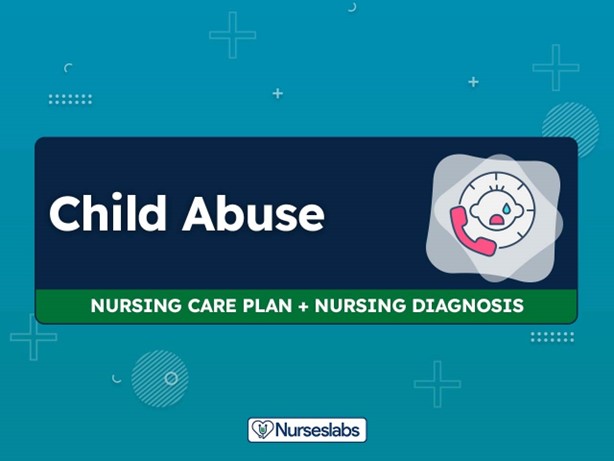A nurse in a community clinic is caring for a 20-month-old toddler who has spiral fractures of the right ulna and radius. Which of the following findings should the nurse recognize as a potential indication of abuse?
The child was brought to the facility 30 min after the injury occurred.
The child begins to cry when her arm is examined by the provider.
The parents report that the child injured herself by falling off the couch.
The child's examination shows a single injury.
The Correct Answer is C
The parents report that the child injured herself by falling off the couch.
A spiral fracture is a type of broken bone that occurs when a twisting force is applied to the bone. It is often seen in cases of child abuse, where the abuser grabs and twists the child's arm or leg.
Choice A is not correct because bringing the child to the facility soon after the injury does not rule out abuse. The abuser may have done so to avoid suspicion or to prevent further complications.
Choice B is not correct because crying when the arm is examined is a normal reaction for a child who is in pain and scared. It does not indicate abuse or neglect.
Choice C is correct because it is unlikely that a fall from a couch would cause a spiral fracture of the ulna and radius. These bones are strong and require a lot of force to break. A fall from a couch would more likely cause a greenstick fracture, which is a partial break of the bone that occurs in children with flexible bones.
Choice D is not correct because a single injury does not exclude abuse. The child may have been abused before and healed without medical attention, or the abuser may have targeted only one part of the body. A single injury should still raise suspicion and prompt further investigation.
Nursing Test Bank
Naxlex Comprehensive Predictor Exams
Related Questions
Correct Answer is D
Explanation
If suspicion of abuse exists then reporting is mandatory.

Choice A is incorrect because civil liability does not depend on whether the abuse can be proven or not, but on whether the report was made in good faith or not.
Choice B is incorrect because evidence of abuse does not need to be collected prior to reporting, but only reasonable suspicion of abuse.
Choice C is incorrect because reporting is not voluntary for healthcare workers, but mandatory by law.
Choice D is correct because if suspicion of abuse exists then reporting is mandatory for any person, agency, organization, or entity with direct knowledge of child abuse or neglect.
Correct Answer is A
Explanation
Moderate. According to the Mayo Clinic moderate anxiety is characterized by symptoms such as loud and rapid speech, difficulty concentrating, restlessness, and increased worry. The client's behavior matches these symptoms, indicating that they are experiencing moderate anxiety.

Choice B. Panic is incorrect because panic is a severe form of anxiety that involves symptoms such as chest pain, shortness of breath, trembling, and a sense of impending doom. The client does not exhibit these symptoms.
Choice C. Severe is incorrect because severe anxiety is marked by symptoms such as irrational fear, detachment from reality, hallucinations, and loss of control¹². The client does not show these symptoms.
Choice D. Mild is incorrect because mild anxiety is associated with symptoms such as nervousness, increased alertness, and slight discomfort¹². The client's symptoms are more intense than mild anxiety.
Whether you are a student looking to ace your exams or a practicing nurse seeking to enhance your expertise , our nursing education contents will empower you with the confidence and competence to make a difference in the lives of patients and become a respected leader in the healthcare field.
Visit Naxlex, invest in your future and unlock endless possibilities with our unparalleled nursing education contents today
Report Wrong Answer on the Current Question
Do you disagree with the answer? If yes, what is your expected answer? Explain.
Kindly be descriptive with the issue you are facing.
